When Tuajuanda Jordan first saw the newest addition to her college campus – a haunting memorial to enslaved people who lived, labored and died there – she stood and wept.
New research sheds light on Alexander Hamilton’s ties to slavery
Read more
“So it’s a good thing that there weren’t many people around,” the president of St Mary’s College of Maryland says. “There was a photographer who has a photo of me and she’s behind me and my reflection is coming out of the steel and you can see the anguish on my face. It does its job.”
With the dedication of the Commemorative to Enslaved Peoples of Southern Maryland set for Saturday, one small public liberal arts college will be making a big statement about confronting its physical association with slavery. It will also be throwing down the gauntlet to other educational institutions to grapple with their own uncomfortable legacies.
Founded in 1840, St Mary’s has about 1,500 undergraduates, of whom an estimated 86% are white. The faculty is more than 90% white, though slowly diversifying. The college is located in a conservative and rural pocket of Maryland, a state that has voted Democratic in every presidential election since 1992.
“There are lots of people around here that have the Confederate flag and are very proud of that,” said Jordan, 60, who is African American. “St Mary’s county is a red dot in a blue state and our college is the blue dot within the red dot within the blue state. When things come up, there is tension sometimes between the folks in the area and our students.”
It was the summer of 2016 when the college began archaeological digging required before building a new sports stadium and uncovered artifacts associated with enslaved people’s quarters. Jordan immediately understood the significance. She asked focus groups of students, faculty, staff and community members to decide how best to honour the the enslaved people who lived in St Mary’s City between 1750 and 1815.
Last year the design firm RE:site was selected to build a memorial that would recast history from the perspective of those enslaved, instead of the land owners. The sculpture recreates an enslaved people’s cabin and incorporates “erasure poetry” culled from advertisements and other historical documents. At night, the lighting inside the memorial beams the poetry on to the surrounding landscape.
Installation began last month and there will be a virtual dedication entitled “From Absence to Presence” on Saturday at 11am with a keynote address by Jelani Cobb, a historian and staff writer for the New Yorker magazine, as well as remarks by Maryland’s governor, Larry Hogan, Senators Ben Cardin and Chris Van Hollen and Congressman Steny Hoyer.
The discovery of the artifacts forced the college to recognise the history of its surroundings and consider what remains hidden underground. Jordan said: “As the president of this college, you know that there was slavery in southern Maryland, but somehow in my deepest heart I had hoped that we had nothing to do with slavery.
“But of course, that’s just not the case here. Man, when you look around the area, there’s no way we could not have had some kind of association with slavery. The question became, then, how do you commemorate the lives of the people who lived here?”
The college’s 361-acre waterfront campus is adjacent to St Mary’s City which, dating back to 1634, is the fourth oldest permanent English settlement in North America. St Mary’s county contains the historic Sotterley Plantation and the fiercely divisive Confederate Memorial Park.
Jordan hopes the new memorial to the resistance and persistence of enslaved people will provide a corrective. “In St Mary’s county there are lots of places that talk about that era and are associated with it but they give the perspective from the slave owners,” she said. “There’s nowhere around here where you actually try to tell the story from a different perspective.
“That voice was lost and I thought it was important to bring that voice forward. In the US, you talk about history but you have a tendency to tell it from a narrow perspective and erase, so to speak, others that didn’t have any power as if they didn’t exist.”
She added: “I thought it was time that we should take a fresh approach. Then maybe it will give people pause to think about how we treat each other in this country, how we talk about our history and realise that we’ve lost major chapters in what we are about as people.
“That’s very much aligned with what’s going on today with Black Lives Matter where people have not seen what’s been happening or, for whatever reason, they didn’t recognise the depth of it. It’s time to start talking and come up with different solutions and I think that this kind of project will help to do that.”
The memorial cost around $600,000, most of which was funded by the state of Maryland with support from the college, private donors and foundations. It will be an arresting sight for anyone heading to the new sports stadium. Its polished steel invites visitors to consider their own reflection.
Jordan commented: “This forces you to look at yourself in the context of this broader theme of the past and the present makes you think what is my role in perpetuating some of these stereotypes and these negative things, and what is my role in trying to compel this country to do better?”
It is a question that educational institutions in America have been asking with greater urgency. Harvard, Yale, Princeton, Brown University and others have been researching and reckoning with their ties to slavery for nearly two decades.
Last year Georgetown University announced that it would raise about $400,000 annually to benefit the descendants of the 272 enslaved people sold to rescue its finances in 1838. Virginia Theological Seminary, which used enslaved laborers, created a $1.7m reparations fund, while Princeton Theological Seminary committed $27m to scholarships and other acts of restitution.
Jordan hopes that the process of atonement will continue. “A lot of these places, they give us lip service – I guess I take these things very personally – and they apologise, but I still think that more needs to be done.
“I’m working on a taskforce for one of the major science associations to get them to think about inclusive diversity and equity and the so-called systemic racism and how they’re contributing to that. And I think we’re at that point where we realise that it is real and we have to figure out ways by which we can get beyond it.”
The shockwaves of George Floyd’s killing by police in Minneapolis, and a nationwide uprising against racial injustice, reverberated on campuses across the country this summer, adding fresh impetus to debates over monuments and statues. St Mary’s College, 70 miles south-east of Washington, was no different.
Ruby Turner, 21, president of the Black Student Union, said: “I would say, campus-wide, not just on the university side but within the student body, there has been a stronger presence of acknowledging the history of St Mary’s county as well as the history of the United States and slavery in general and black lives. That just intensified it.”
Turner, a psychology and education student who was on a planning committee for the commemorative, wants it to have a lasting impact. “I hope this is not just a one-time thing. I hope that this is a continuing conversation on campus, that we continually find more information and bring it to light. It’s something that students are aware of now.”







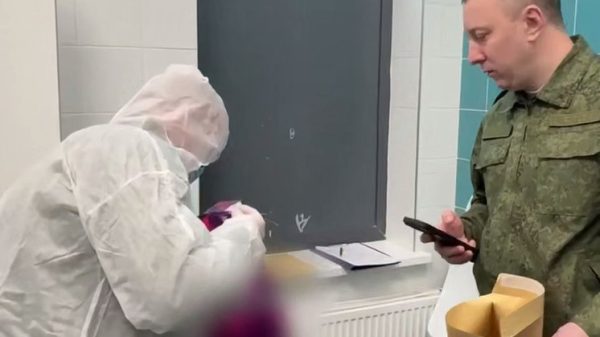
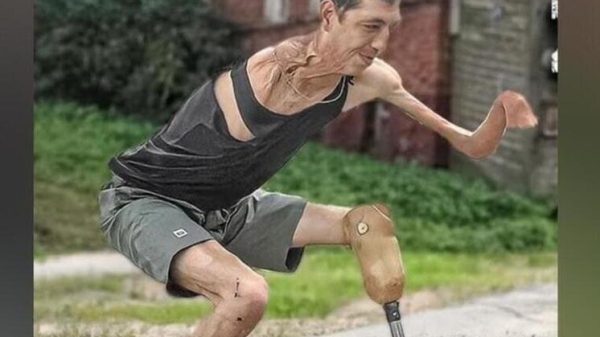
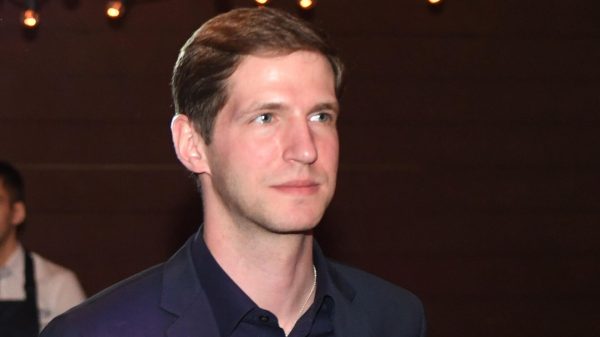
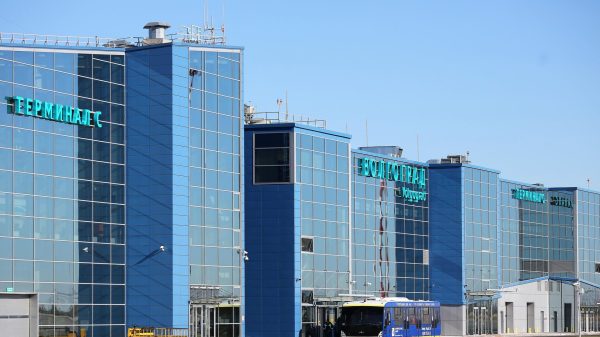
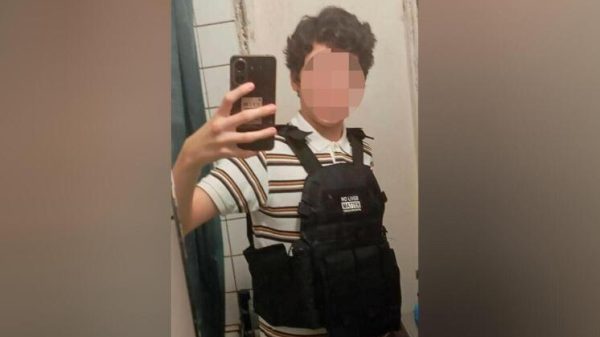

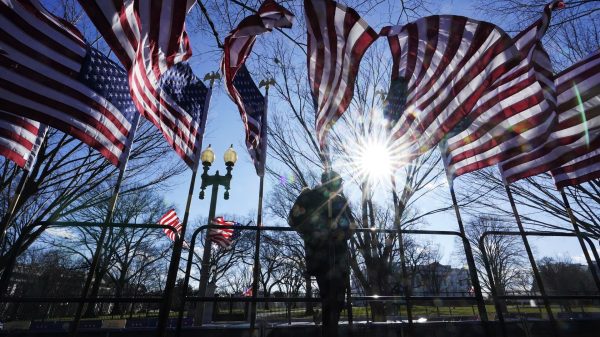

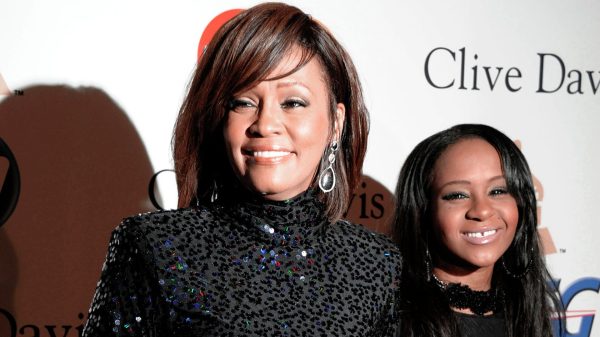


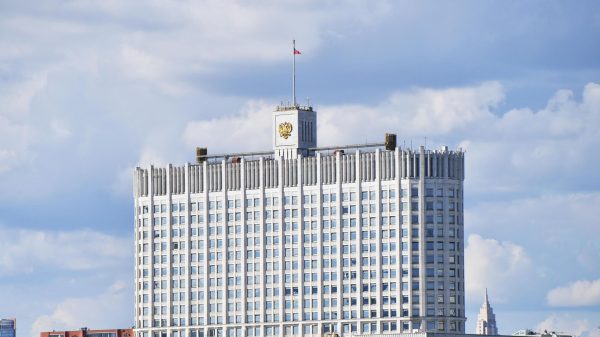
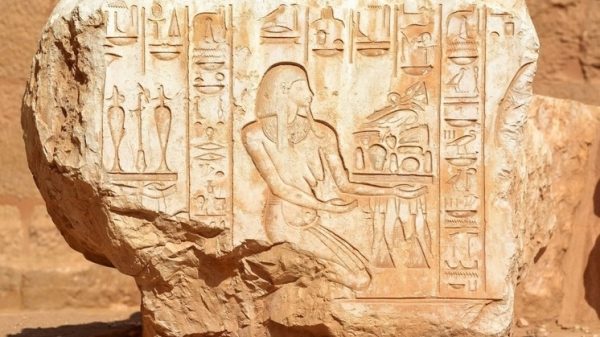














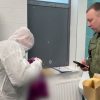


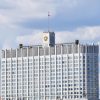
















Свежие комментарии